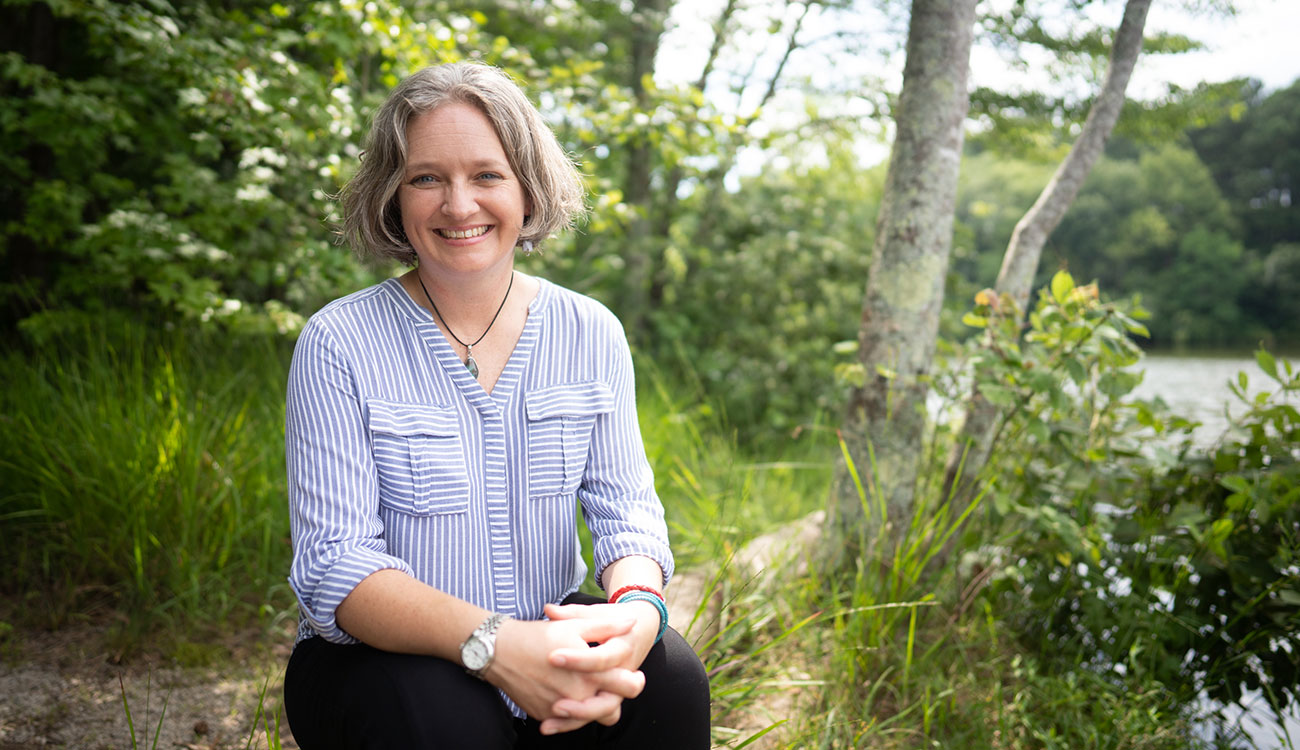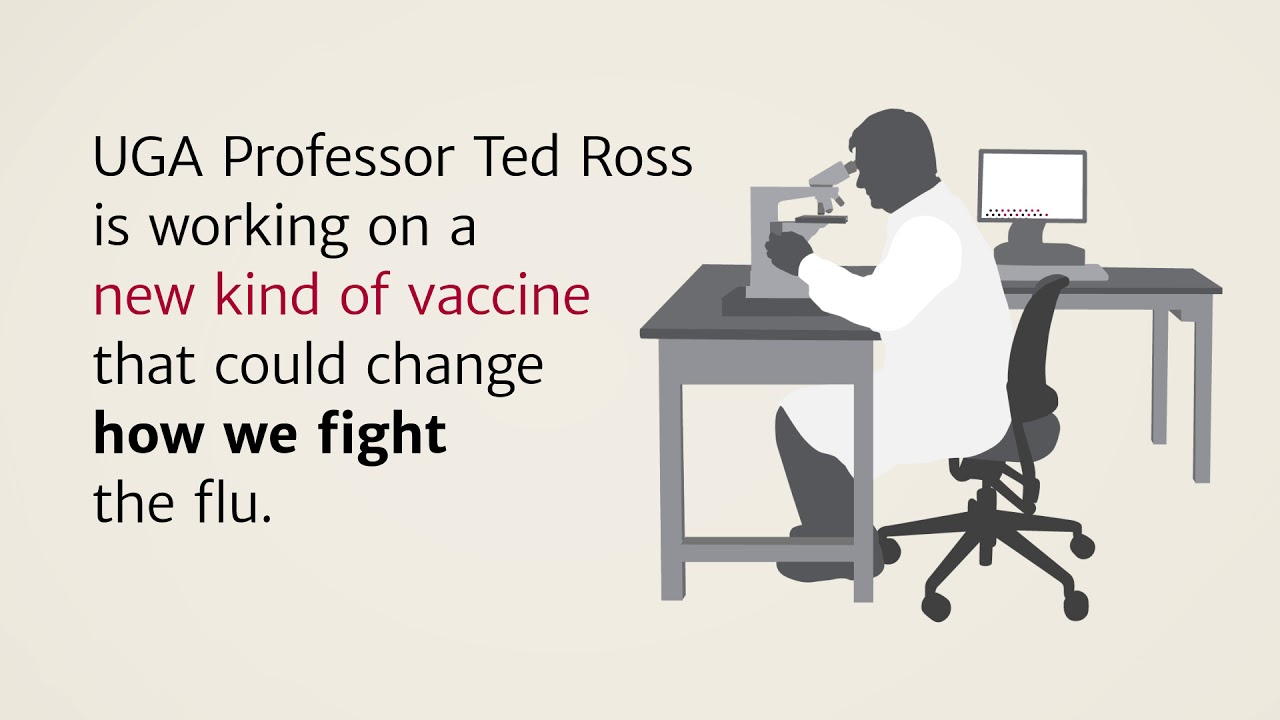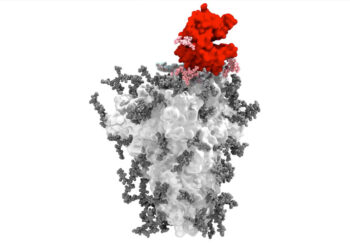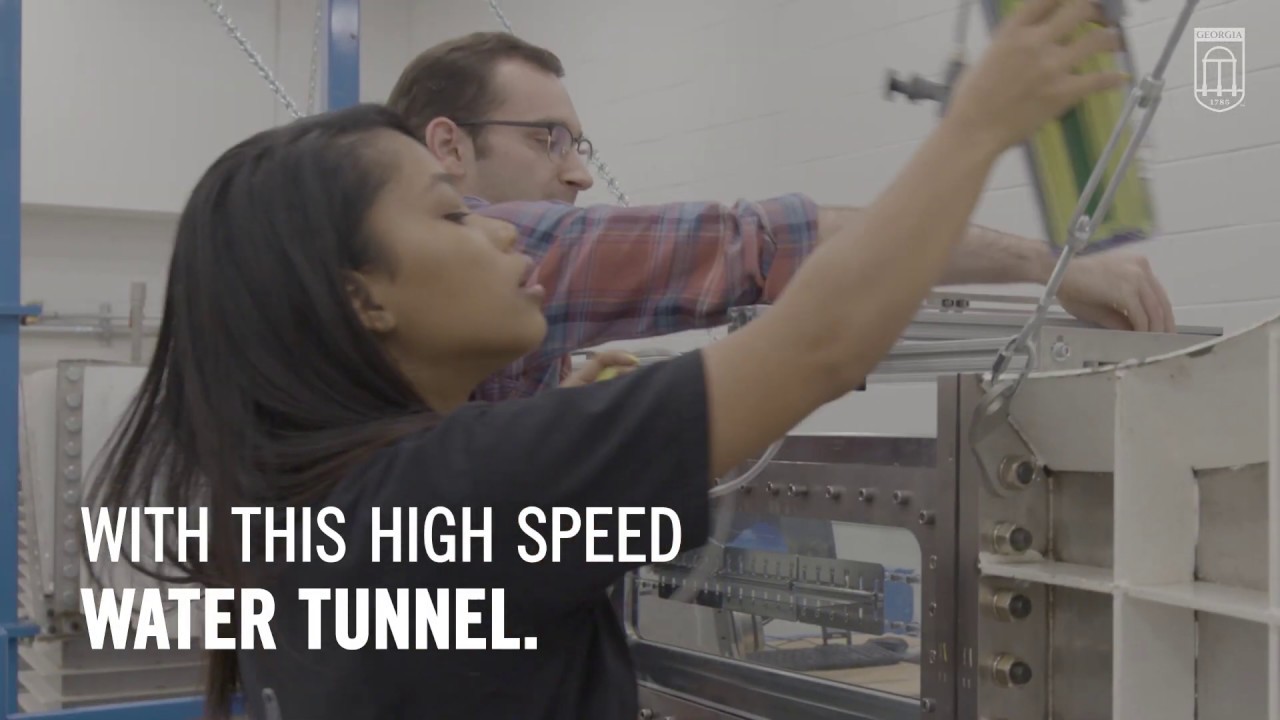You don’t have to be a naturalist to have a stake in shorebirds migrating from their winter to their summer homes—you just have to want to stay healthy.
For years, Rebecca Poulson, assistant research scientist in UGA’s College of Veterinary Medicine and the Poultry Diagnostic and Research Center, has been investigating the pathways of influenza A (“bird flu”) viruses in waterfowl and shorebirds throughout North America. It’s been known for years that these viruses, which are usually harmless to birds, take up residence in their guts and are returned to the wild through the birds’ droppings.
Last year, however, Poulson and her research team discovered that these viruses can stay alive and infectious outside of ducks for much longer than was previously thought. How long? A whole seven months.
To understand how long the virus might remain viable outside the birds, Poulson and her team took oral and fecal samples. Once they got the samples, they held them in the environment and found the virus was still capable of infecting other birds—more than half a year later.
“Our work showed us that if the virus has the right kind of makeup and there’s enough of it, it can persist long enough so that when the birds come back—weeks to months later—they may become infected with that same virus,” said Poulson.
With the current COVID-19 pandemic, it’s no secret that much rides on our understanding the SARS-CoV-2 virus’ vectors and longevity of microbes outside the body, as well as their movement. Poulson is similarly interested in the migration of influenza viruses with their hosts, especially shorebirds.
“In the late spring, the shorebirds are moving from their southern overwintering grounds up to the Arctic to breed,” explained Poulson. “And they make that long-distance flight in such a short amount of time that it’s calorically costly, so these birds descend en masse along the southeast U.S. and Delaware Bay coastlines to gorge on the eggs of horseshoe crabs, which are a really awesome energy source for them.”
For the birds, it’s perfect timing because, just at the moment they’re about to make a nonstop flight to the Arctic and are ready to chow down, the horseshoe crabs are making their way from the sea to the shore to lay millions of those little energy bundles. And that’s where the birds start sharing the virus in large groups.
With hordes of birds using small stretches of shoreline, there is a lot of virus transfer taking place. By comparing the viruses found in shorebirds in Delaware Bay to those found along the southeastern U.S. coastlines, Poulson and her team are starting to piece together how these flu viruses are travelling and being transmitted, and where they may be maintained during other times of year.
By studying ducks, Becky Poulson has learned that avian influenza viruses can stay alive and infectious outside their hosts for as long as seven months. Now she’s working with migratory shorebirds like these ruddy turnstones to determine the impact of live virus deposited through the birds’ droppings as they move about the Eastern seaboard. (Photo by Angelique Nijssen/iStock)
Call of the wild
Poulson’s own love of the outdoors began at a young age when she would spend time playing in the woods enjoying all that nature had to offer, she said. But she didn’t think about becoming a wildlife scientist until her undergraduate days at Cornell University. Her curiosity for the environment moved with her across the country, from her hometown of Pittsburgh to Buffalo and Ithaca, New York, and now to Athens, Georgia.
Poulson came to UGA in 2007 as a research technician, but after a few years working in a lab, she decided she wanted to go further and earned a doctorate in infectious diseases in 2016. Now a research scientist at the Southeastern Cooperative Wildlife Disease Study, she continues to study the mysteries of the wild.
“The wild can be comforting, yet it can also remind us of how little we know and understand,” said Poulson. “When we interact with nature, it can remind us how interconnected everything is, how cyclical, how one thing leads to another in another system which can change society on such a large scale.”
Like influenza virus circulating in birds. Many of the reasons that avian influenza can remain infectious so long outside of the body remain unknown, she said. “But just the idea that it can persist that long and infect other ducks, and the possibility that other pathogens may be able to do so, is humbling and a reminder of just how much we have left to explore,” Poulson added.
In addition, she said it’s likely that other diseases and microorganisms, both for good and ill, are stowing away on other species and traveling around the world. She is currently studying influenza in shorebird populations in Georgia, Florida and South Carolina, as well as in ducks in Alaska and Minnesota, to further explore how viruses are being maintained and moving over time and space.
“Understanding connectivity is not only important in the maintenance of healthy and robust wildlife populations, but it is paramount to understanding disease risk,” she said.
Poulson said she has no disappointments—aside from the reality that she can’t study everything.
“I want to be able to peel away at the first layer of the onion at this migration of such a diverse pathogen. I’d be pretty happy with that,” she said. “It’s such an exciting field, and it never ends because every question we answer opens more doors. We’re just scratching the surface.”






